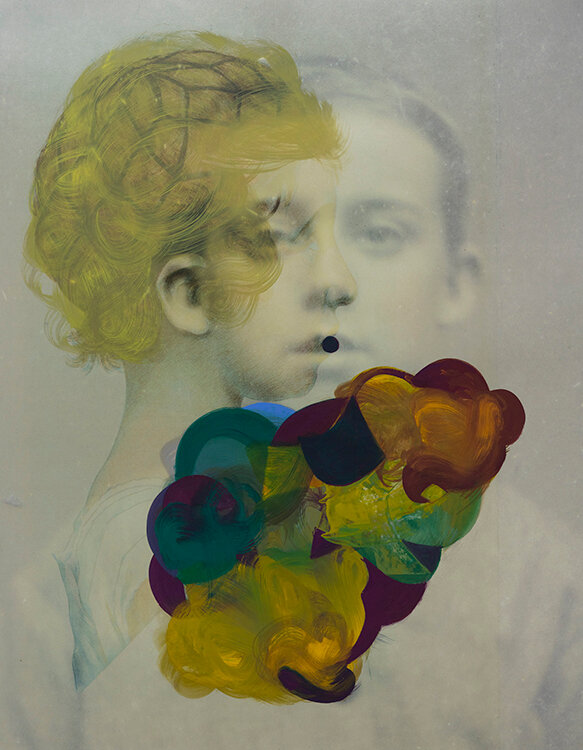Tuesday Reads: Denis Curti
© Txema Yeste.
“Photography has to do with memory, that is, it holds a relationship with the past, while post-photography, especially in the context of social networks, is placed in a dimension of instantaneousness that is uninterrupted and does not allow for the deposit of temporal stratifications. Are we facing a loss of the aura, the one so dear to Benjamin? Probably not. Salgado, discussing what is and what is not to be considered photography, draws a subtle distinction: [...] the difference between the two hinges on the instantaneous desire of using an image to fleetingly communicate an emotion or an experience, without causing it to linger in the memory of others, as opposed to the desire of capturing a certain moment so that it can be remembered, and therefore understood.”
Post-photography, exactly like all other matters presented to us as post-something, tends to be considered by the majority as a concept too contemporary to be grasped. Almost as a backlit body, though distinguishable from the background, its actual appearance remains in the dark. Precisely for this reason, it becomes fundamental to rely on eclectic and experienced figures such as Curti to shed a light on concepts as complex as this one.
© Robin Wechsler.
© Lesia Maruschak.
The term post-photography refers to the current digitalised state of photography, particularly to its loss of materiality due to the progressively abandoned custom of printing photographs. One may wonder about the reasons underlying such evolution. The point is, particularly in the context of social media, the majority of people now photograph as a way to simply prove that they are alive and experiencing life – possibly in a cool way – rather than to pass on the testimony of cultural events and customs. Think about the number of photographs taken every day, most of which are destined to be stored in our phones, to never be printed nor shared with the purpose of sparking a conversation. How long can one postpone the chore of selecting which photographs to keep on her phone and which ones to delete – a desperate attempt to save a couple megabytes and procrastinate some more?
© Timo Lieber
Such trivial example illustrates the extreme and unnecessary abundance of images produced nowadays. Given the circumstances, professional photographers have to pick a point of view: to lament the death of photography as we have come to know it? Or rather, to adapt and explore the new possibilities linked with the scenario before our eyes? Notwithstanding their choice, photographers have to accept the redundancy of what they have traditionally represented for society: with surveillance cameras at every corner and a smartphone before every pair of eyes, the world could peacefully exist without our contribution as producers of images.
© Gouzelle Ishmatova.
© Namsa Leuba.
What the world cannot exist without, on the other hand, is an innovative application of our know-how: in the guise of critical observers, photographers can give their contribution towards a strict selection and methodical organisation of such abundance of images. Unless humans manage–and fast–to successfully route these photographs towards digital drawers (be it exhibitions or collections) all the data stored in it could get lost. In fact, as operative systems evolve at an increasingly fast pace, digital languages follow; the risk is that photographs stored under the form of recent but obsolete formats might be soon unreadable by available devices.
© Cathy Cone.
In post-photography times, therefore, the photographers’ role seems to have changed enormously. As more and more people invest time in capturing their daily experience just for the sake of doing it, they become unaware witnesses of a perennial present-moment, with the outcome being that no one has the time to actually observe and critically analyse our reality: to stop is to lose the train, to be left out and forgotten. To be forgotten – not documented on social media – is to not exist. To not exist is to be dead. And we all know how scary death is to Western cultures. Thus, the perennial present-moment is a circle that feeds its now growth. And once again, the role of photographers is to take a step back and observe. To make sure that even this perennial present-moment can be remembered, and therefore understood. Not so much has changed, after all.














